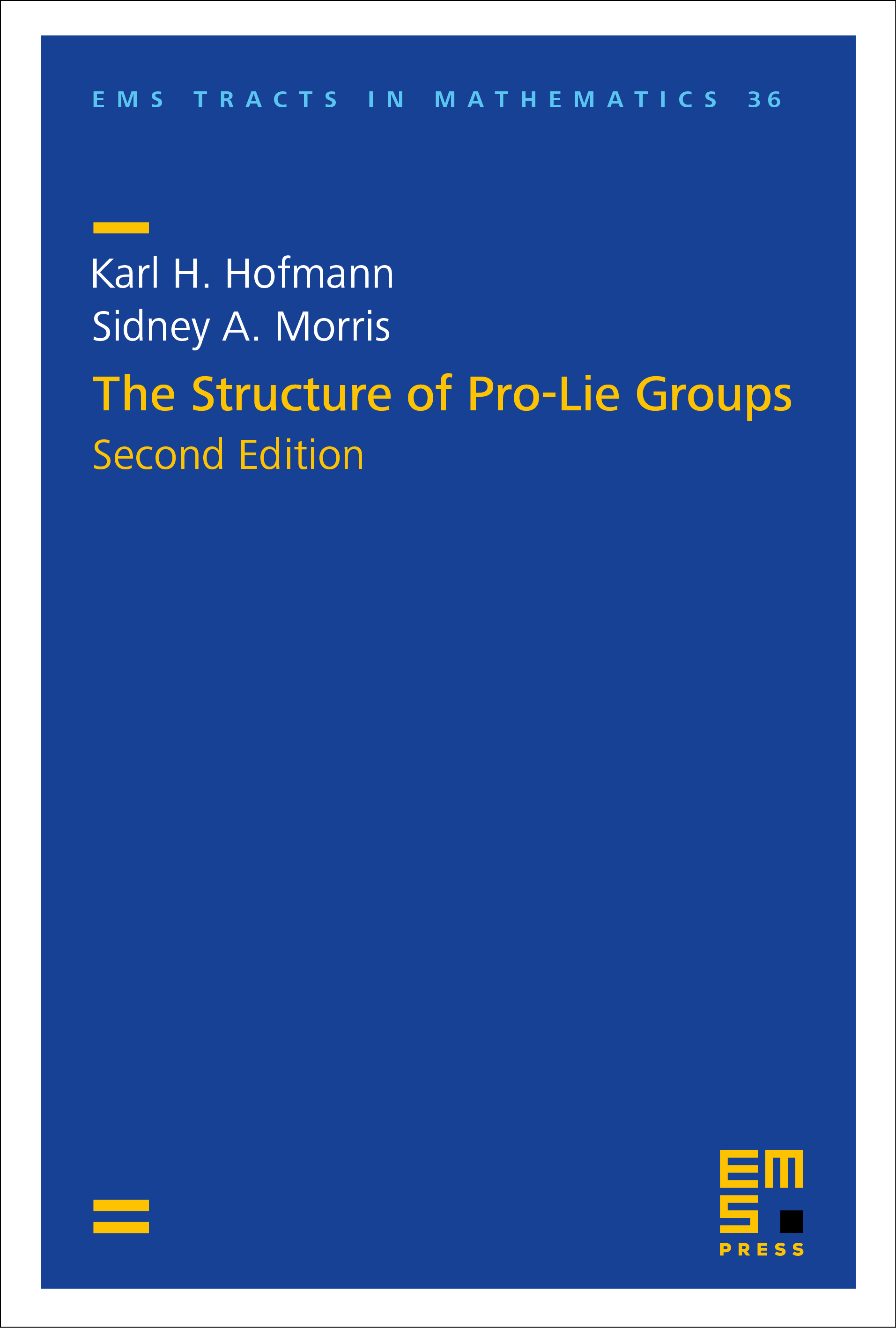The Structure of Pro-Lie Groups
Karl H. Hofmann
Technische Universität Darmstadt, Germany; Tulane University, New Orleans, USASidney A. Morris
La Trobe University, Bundoora; Federation University Australia, Ballarat, Australia

A subscription is required to access this book.
Lie groups were introduced in 1870 by the Norwegian mathematician Sophus Lie. A century later Jean Dieudonné quipped that Lie groups had moved to the center of mathematics and that one cannot undertake anything without them.
A pro-Lie group is a complete topological group in which every identity neighborhood of contains a normal subgroup such that the quotient is a Lie group. Every locally compact connected topological group and every compact group is a pro-Lie group. While the class of locally compact groups is not closed under the formation of arbitrary products, the class of pro-Lie groups is.
For half a century, locally compact pro-Lie groups have drifted through the literature, yet this is the first book which systematically treats the Lie theory and the structure theory of pro-Lie groups irrespective of local compactness. So it fits very well into that current trend which addresses infinite dimensional Lie groups. The results of this text are based on a theory of pro-Lie algebras which parallels the structure theory of finite dimensional real Lie algebras to an astonishing degree even though it has to overcome technical obstacles.
A topological group is said to be almost connected if the quotient group of its connected components is compact. This book exposes a Lie theory of almost connected pro-Lie groups (and hence of almost connected locally compact groups) and illuminates the variety of ways in which their structure theory reduces to that of compact groups on the one hand and of finite dimensional Lie groups on the other. It is therefore a continuation of the authors' monograph on the structure of compact groups (1998, 2006, 2014, 2020, 2023) and is an invaluable tool for researchers in topological groups, Lie theory, harmonic analysis and representation theory. It is written to be accessible to advanced graduate students wishing to study this fascinating and important area of research, which has so many fruitful interactions with other fields of mathematics.
For the first edition of this book, please click here.